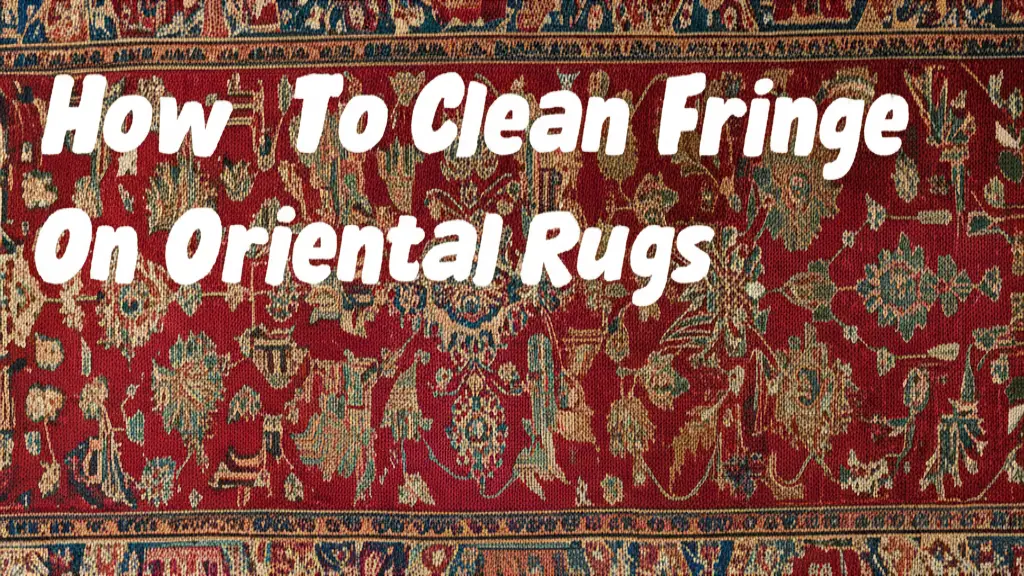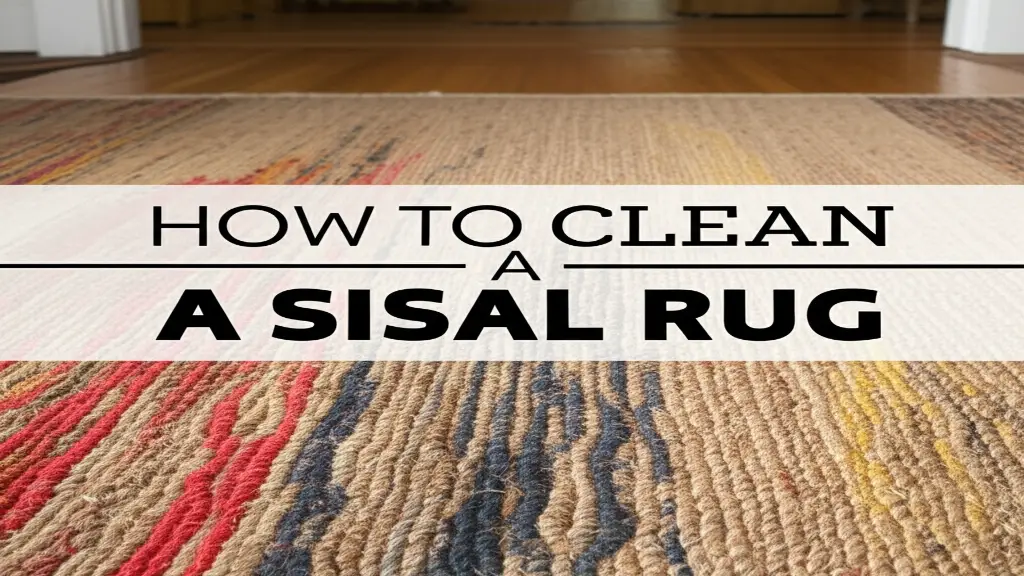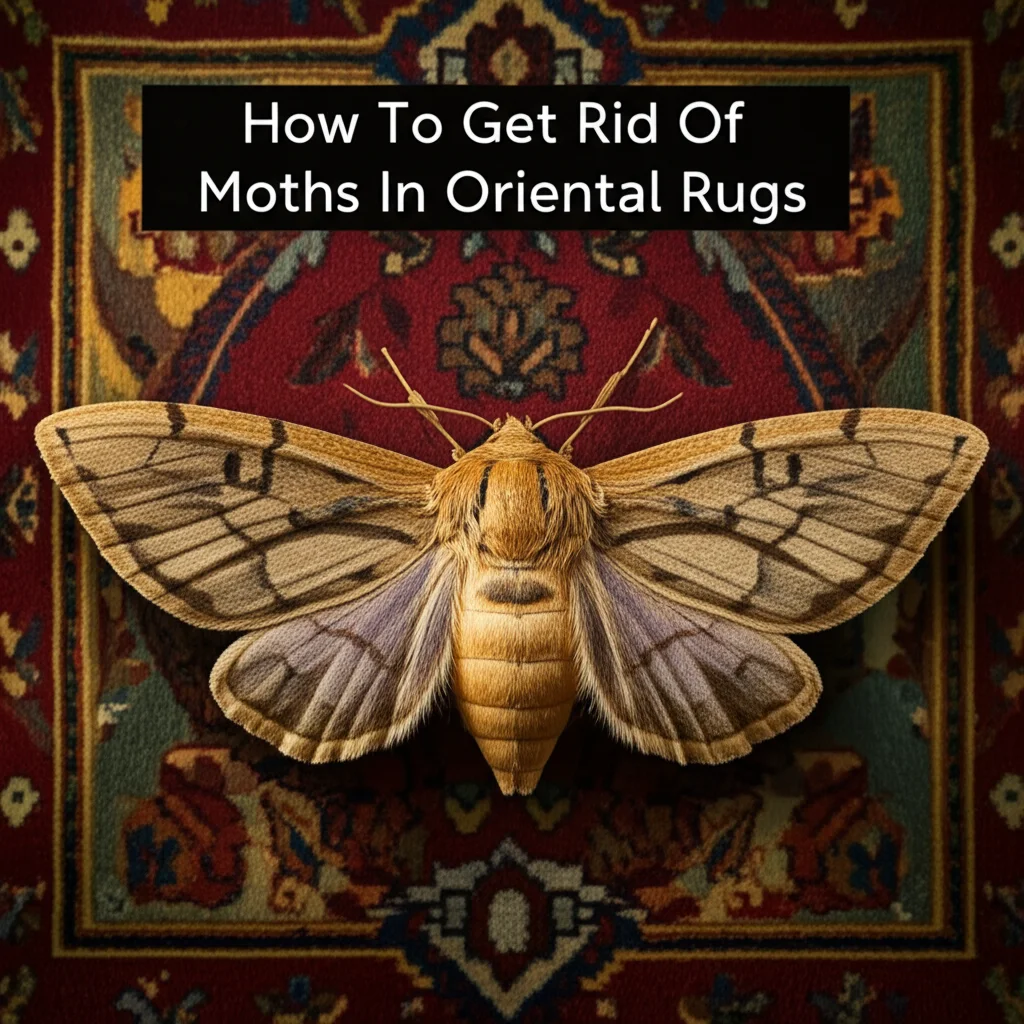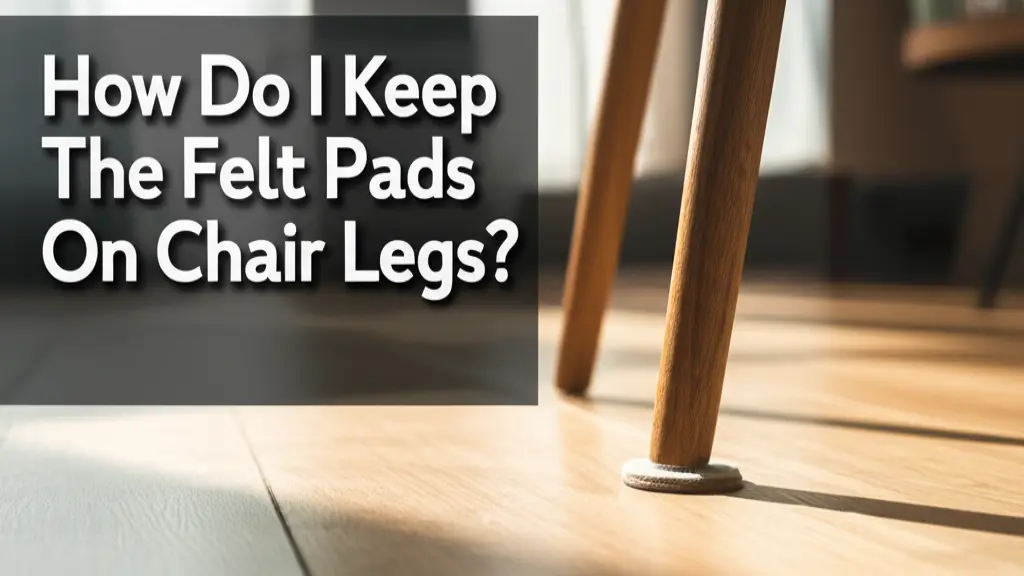· Todd Martin · Rug Cleaning · 11 min read
How To Clean Fringe On Oriental Rugs

The Ultimate Guide to Cleaning Fringe on Oriental Rugs: Preserve Their Beauty
The elegant fringe that adorns Oriental rugs serves as both a decorative element and a structural component, representing the foundation of these handcrafted masterpieces.
However, these delicate tassels are magnets for dust, dirt, and stains, often becoming discolored or tangled through everyday use.
Learning how to clean fringe on Oriental rugs properly is essential for maintaining your rug’s appearance and extending its lifespan. In this comprehensive guide, we’ll explore effective cleaning methods, common mistakes to avoid, and professional techniques to restore and preserve your rug’s beautiful fringe.
Key Takeaways:
- Regular gentle cleaning prevents fringe damage and discoloration
- Different cleaning methods are appropriate for different levels of soiling
- Professional cleaning is recommended for severely soiled or damaged fringe
- Proper drying techniques are crucial to prevent mildew and yellowing
The most effective way to clean fringe on Oriental rugs involves gentle hand-washing with mild soap, careful combing while damp, and thorough drying away from direct heat and sunlight to preserve the integrity of the delicate fibers.
Why Oriental Rug Fringe Requires Special Care
Oriental rugs represent significant investments that can last for generations when properly maintained. The fringe on these rugs isn’t merely decorative—it’s actually the foundation upon which the entire rug is constructed. Each tassel represents the exposed ends of the rug’s structural warps, making them crucial to the rug’s integrity.
Unlike the rug’s pile which benefits from the protection of knots and dyes, fringe fibers are exposed and vulnerable. They’re typically made of cotton or silk, materials that are particularly susceptible to:
- Discoloration from dirt, dust, and foot traffic
- Weakening from moisture and improper cleaning
- Tangling and matting when vacuumed incorrectly
- Yellowing from exposure to sunlight and environmental factors
- Breakage when handled roughly during cleaning
The specialized care required for fringe cleaning stems from this vulnerability. Using harsh detergents, aggressive scrubbing, or high-heat drying methods can permanently damage these fibers, potentially devaluing your entire rug.
Many rug owners don’t realize that proper fringe care significantly impacts the overall appearance and longevity of their Oriental rugs. When fringe becomes severely soiled or damaged, it can even begin to affect the structural integrity of the rug itself. That’s why understanding proper cleaning techniques is essential for any Oriental rug owner.
Essential Supplies for Cleaning Oriental Rug Fringe
Before attempting to clean your Oriental rug’s fringe, gather the following supplies to ensure you have everything needed for safe and effective cleaning:
Cleaning Solutions:
- Mild pH-neutral soap (free of bleach, enzymes, and brighteners)
- White vinegar (for rinsing and neutralizing)
- Oxygen-based cleaners (for stubborn stains)
- Clean, lukewarm water
Tools and Equipment:
- Soft-bristled brush or wide-tooth comb
- Clean white towels (colored towels may transfer dye)
- Plastic sheeting or waterproof tarp
- Spray bottle
- Bucket
- Rubber gloves
- Soft sponge
- Fan (for drying)
Avoid using common household cleaners such as:
- Bleach (damages fibers and strips color)
- Ammonia-based products (weakens fibers)
- Harsh detergents (leaves residue and attracts dirt)
- Enzymatic cleaners (breaks down natural fibers)
The right supplies make all the difference when it comes to fringe cleaning. Using gentle, appropriate cleaning products preserves the integrity of the delicate fibers while effectively removing dirt and stains. For particularly valuable antique Oriental rugs, consider purchasing specialized rug fringe cleaner formulated specifically for delicate fibers.
Having all necessary supplies ready before you begin will streamline the cleaning process and help prevent impromptu substitutions that might damage your rug’s fringe.
Step-by-Step Fringe Cleaning Methods
When regular maintenance isn’t enough, follow these step-by-step methods for cleaning your Oriental rug’s fringe, organized from least to most intensive based on the level of soiling.
Method 1: Dry Cleaning for Light Soiling
For fringe that’s dusty but not heavily soiled:
- Take the rug outdoors and gently shake it to remove loose dirt
- Lay the rug flat on a clean surface
- Using a wide-tooth comb, gently comb the fringe to detangle
- For stubborn tangles, use your fingers to carefully work them free
- Once detangled, use a soft brush to remove remaining dust
Method 2: Spot Cleaning for Localized Stains
For small stains or soiled areas:
- Mix a solution of lukewarm water with a few drops of mild soap
- Test on an inconspicuous area of fringe first
- Using a clean white cloth, dab the solution onto the stained area
- Blot with a separate clean damp cloth to rinse
- Pat dry with towels and allow to air dry completely
Method 3: Complete Hand Washing for Moderate Soiling
For fringe that requires more thorough cleaning:
- Prepare a cleaning area by laying down plastic sheeting
- Mix a solution of lukewarm water and mild soap in a bucket
- Working in small sections, immerse the fringe in the solution
- Gently agitate the fringe with your fingers to loosen dirt
- Using a soft brush, clean in the direction of the fringe
- Rinse thoroughly with clean water
- Mix one part white vinegar with four parts water for a final rinse
- Press excess water out gently with clean towels
- Comb the damp fringe to remove tangles
- Allow to dry completely, using fans to circulate air
Method 4: Deep Cleaning for Heavy Soiling
For severely soiled or yellowed fringe:
- Follow steps 1-4 from Method 3
- For yellowed fringe, prepare a solution of oxygen-based cleaner according to package directions
- Apply to fringe and allow to sit for 5-10 minutes (no longer)
- Gently agitate with a soft brush
- Rinse extremely thoroughly to remove all cleaning solution
- Follow steps 7-10 from Method 3
Remember that the key to successful fringe cleaning is gentleness and patience. Harsh scrubbing, wringing, or twisting can damage the delicate fibers. For antique or particularly valuable rugs, professional cleaning is often the safest choice.
Drying and Finishing Techniques
Proper drying is crucial to prevent mildew, odors, and discoloration in your Oriental rug’s fringe. Follow these techniques for optimal results:
Removing Excess Moisture
Start by removing as much water as possible without damaging the fringe:
- Place clean white towels under and over the fringe
- Press gently to absorb excess water (never wring or twist)
- Replace towels as they become saturated
- Continue until fringe is damp but not dripping
Air Drying Methods
Choose the right drying environment to prevent damage:
- Lay the rug flat on a clean, dry surface
- Ensure the fringe is spread out evenly, not clumped together
- Use fans to circulate air around the rug
- Keep the temperature moderate—avoid high heat
- Avoid direct sunlight, which can cause yellowing
- Flip the rug halfway through drying to ensure even drying
- Allow 24-48 hours for complete drying depending on humidity
Finishing Touches
Once the fringe is nearly dry:
- Gently comb through with a wide-tooth comb
- Separate any remaining tangles with your fingers
- For a pristine appearance, use a clean soft brush to fluff the fringe
- Ensure the fringe is completely dry before returning the rug to its place
Proper drying cannot be rushed. Returning a rug to use before it’s completely dry can lead to mildew growth, unpleasant odors, and potential damage to your flooring. Be particularly cautious when cleaning rugs on hardwood floors to prevent water damage to the wood.
For especially valuable rugs, consider using a moisture meter to verify that the fringe and rug have returned to appropriate moisture levels before placing the rug back in use.
Common Fringe Problems and Solutions
Even with proper care, Oriental rug fringe can develop specific issues that require targeted solutions. Here’s how to address the most common problems:
Yellowed or Discolored Fringe
Yellowing typically results from accumulated dirt, exposure to sunlight, or aging:
- For mild yellowing: Try the vinegar rinse method described in the complete hand washing section
- For moderate yellowing: Use oxygen-based cleaners specifically formulated for delicate fibers
- For severe yellowing: Consult a professional rug cleaner, as some discoloration may be permanent
Tangled and Matted Fringe
Matting occurs when fibers become twisted and compressed:
- Gently dampen the fringe with a spray bottle
- Apply a small amount of hair conditioner diluted in water
- Work through tangles with your fingers, starting at the tips
- Once detangled, rinse thoroughly
- Comb while damp and allow to dry completely
Fringe Repair
For damaged fringe with broken or missing tassels:
- Minor breakage: Trim evenly across the entire fringe for a uniform look
- Severe damage: Consider professional fringe replacement or repair
- Preventative measures: Apply rug fringe tape to the back of the rug where it meets the fringe to reinforce this vulnerable area
Uneven or Twisted Fringe
When fringe becomes unevenly distributed or twisted:
- Dampen the entire fringe section
- Gently comb to distribute fibers evenly
- Lay weights (like clean books) along the edge while drying
- Ensure the rug lies completely flat during this process
Remember that prevention is always easier than correction. Regular maintenance using the techniques described earlier can prevent many of these common fringe problems from developing in the first place. For valuable antique rugs, investing in periodic professional cleaning can preserve both the rug and its fringe for generations.
When to Seek Professional Cleaning
While regular home maintenance and gentle cleaning can address many fringe issues, certain situations call for professional expertise. Knowing when to DIY and when to call in the experts can save your valuable Oriental rug from permanent damage.
Signs Your Rug Needs Professional Attention
Consider professional cleaning when:
- Fringe is severely discolored or yellowed beyond home treatment
- You notice significant fringe breakage or unraveling
- The rug has been exposed to flooding or sewage
- There are stubborn stains that resist gentle cleaning methods
- You’re dealing with an antique or extremely valuable rug
- The rug has been affected by moth damage or other pests
- You detect mold or mildew odors
- The rug hasn’t been professionally cleaned in 3-5 years
What to Expect from Professional Cleaning
Professional rug cleaners offer specialized services not possible at home:
- Immersion cleaning in temperature-controlled baths
- Specialized equipment for thorough rinsing
- Controlled drying environments
- Fringe whitening treatments safe for valuable rugs
- Repairs to damaged areas
- Protective treatments to resist future soiling
Selecting a Qualified Rug Cleaner
Not all carpet cleaners are qualified to work with Oriental rugs. Look for:
- Certification from recognized organizations like the Carpet and Rug Institute
- Experience specifically with hand-knotted Oriental rugs
- Hand-washing facilities (not just mechanical cleaning)
- Positive reviews from other Oriental rug owners
- Insurance coverage for valuable rugs
- A detailed explanation of their cleaning process
- Written guarantee of their work
Professional cleaning typically costs between $2.50 and $5 per square foot, depending on the rug’s condition, materials, and value. While this represents a significant investment, it’s often the safest choice for maintaining valuable rugs—particularly those with delicate or significantly soiled fringe.
For everyday maintenance between professional cleanings, continue using the gentle home care methods outlined in previous sections to keep your rug’s fringe looking its best.
Frequently Asked Questions
How do you clean fringe on Oriental rugs without damaging them?
Clean Oriental rug fringe by hand using mild soap and lukewarm water. Gently agitate with your fingers rather than scrubbing harshly. Always comb the fringe while damp and allow it to dry completely flat away from direct heat and sunlight. Never use bleach or harsh chemicals, as these will damage the delicate fibers.
How do you vacuum a rug with a fringe?
To vacuum a rug with fringe, use only the hose attachment without a beater bar. Hold the fringe with one hand while gently vacuuming with the other, working in the direction of the fringe rather than against it. Alternatively, fold the fringe onto the rug’s surface before vacuuming the main body to protect it from damage.
How to get rid of tassels on a rug?
While not recommended for valuable Oriental rugs, tassels can be removed by carefully cutting along the binding line where the fringe meets the rug. Afterward, the edge should be secured with binding tape or by having a professional finish the edge to prevent unraveling. Note that removing fringe will likely decrease the value of an authentic Oriental rug.
How to wash fringes without causing yellowing?
Prevent yellowing by using mild, pH-neutral soap and thorough rinsing. A final rinse with one part white vinegar to four parts water helps neutralize soap residue that can contribute to yellowing. Dry the fringe completely using fans for air circulation, and keep it out of direct sunlight, which can accelerate yellowing.
How often should Oriental rug fringe be cleaned?
For rugs in regular use, clean the fringe thoroughly every 12-18 months, with spot cleaning as needed for spills. Rugs in high-traffic areas or homes with pets or children may require more frequent cleaning. Regular vacuuming (using proper techniques) should be done weekly to prevent dirt from embedding in the fringe fibers.
Can I use a washing machine to clean my rug’s fringe?
Never use a washing machine to clean Oriental rug fringe. The agitation is too harsh and can break or severely damage the delicate fibers. Hand washing using the gentle techniques described in this guide is the only safe at-home method for cleaning Oriental rug fringe.
Is it worth repairing damaged fringe on an Oriental rug?
For valuable or antique Oriental rugs, professional fringe repair is usually worthwhile as it preserves the rug’s structural integrity and value. For less valuable rugs, the cost of professional repair should be weighed against the rug’s replacement cost. Minor fringe damage can sometimes be addressed with careful trimming to create a uniform edge.
Final Thoughts
Maintaining the fringe on your Oriental rug requires patience and care, but the results are well worth the effort. Clean, well-maintained fringe enhances the beauty of your rug while preserving its structure and value for years to come. By following the gentle cleaning methods outlined in this guide, you can safely remove dirt and stains without risking damage to these delicate fibers.
For day-to-day care, focus on preventative measures like proper vacuuming techniques and immediate attention to spills. When deeper cleaning becomes necessary, always opt for the gentlest method that will effectively address the level of soiling. And when in doubt—particularly with antique or especially valuable rugs—consult with a professional cleaner who specializes in Oriental rugs.
Remember that your Oriental rug is not just a decorative piece but an investment that can last for generations with proper care. Taking the time to learn how to clean fringe on Oriental rugs correctly is an essential part of preserving these beautiful works of art for the future.





